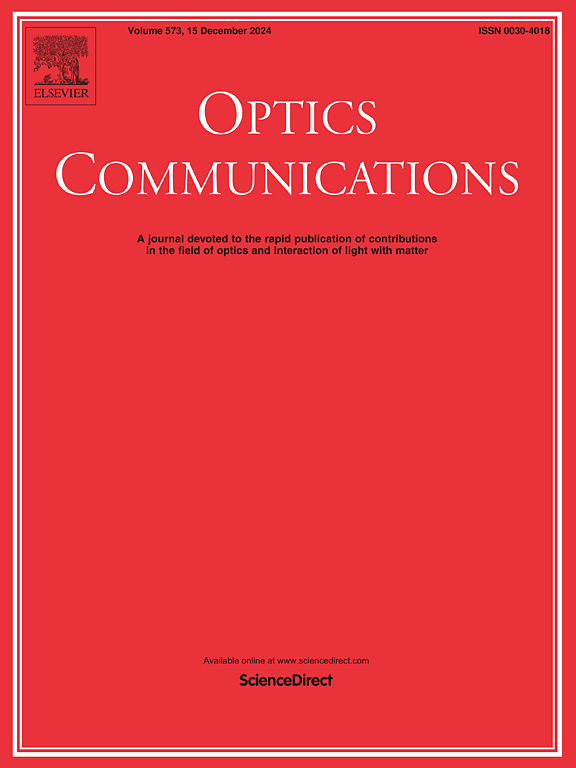Fast prediction on the transmission of conical conformal frequency selective surfaces based on fully connected networks
IF 2.2
3区 物理与天体物理
Q2 OPTICS
引用次数: 0
Abstract
Frequency Selective Surfaces (FSS) have significant applications in Near-field Enhancement and Radar Cross-Section (RCS) reduction. In practical applications, to accommodate carriers with complex shapes, FSS should work as the conformal shape rather than a planar shape. Typically, the Conformal Frequency Selective Surfaces (CFSS) are complex structures, the physical mechanisms within this system are complicated and the simulation for the electromagnetic properties are high time-consumed, giving a challenge for fast analysis and designs of the CFSS. In this study, the physical mechanism of a conical CFSS with Y-shaped holes is studied, including incident angle, polarization, array size and curvature. Furthermore, a dataset comprising 160 transmission curves has been built and a Fully Connected Network (FCN) is employed to predict the transmission of conical CFSS, with an average absolute deviation less than 0.02. Besides, utilized with Gradient Descent algorithm (GD) and FCN, a CFSS exhibiting high transmission within the frequency range of 14.50–15.00 GHz has been designed. This work realizes rapid analysis and design of CFSS with much fewer time and computing resources compared to methods based on full-wave simulations, opening new possibilities in fast design of the CFSS.
求助全文
约1分钟内获得全文
求助全文
来源期刊

Optics Communications
物理-光学
CiteScore
5.10
自引率
8.30%
发文量
681
审稿时长
38 days
期刊介绍:
Optics Communications invites original and timely contributions containing new results in various fields of optics and photonics. The journal considers theoretical and experimental research in areas ranging from the fundamental properties of light to technological applications. Topics covered include classical and quantum optics, optical physics and light-matter interactions, lasers, imaging, guided-wave optics and optical information processing. Manuscripts should offer clear evidence of novelty and significance. Papers concentrating on mathematical and computational issues, with limited connection to optics, are not suitable for publication in the Journal. Similarly, small technical advances, or papers concerned only with engineering applications or issues of materials science fall outside the journal scope.
 求助内容:
求助内容: 应助结果提醒方式:
应助结果提醒方式:


